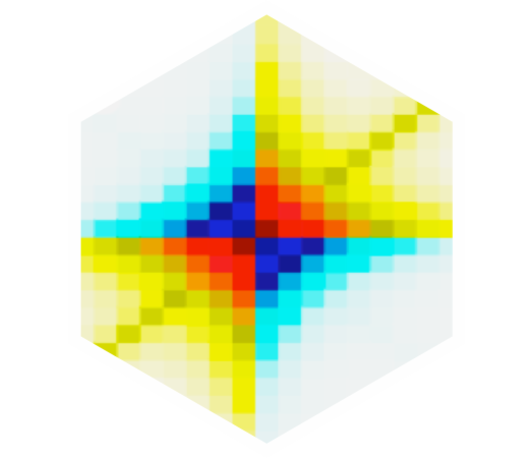Competing fluctuations as the driver of strong-coupling pseudogap formation
- Datum: 09.01.2025
- Uhrzeit: 15:00 - 16:00
- Vortragende(r): Dominik Kiese
- Center for Computational Quantum Physics (CCQ), Simons Foundation, Flatiron Institute, New York, U.S.A.
- Ort: Max Planck Institute for Solid State Research
- Raum: 4D2
- Gastgeber: Research Group Theory of Strongly Correlated Quantum Matter

Several studies have focused on the breakdown of self-consistent many-body perturbation theory in strongly correlated electron systems. In particular, two-particle correlation functions within dynamical mean-field theory and its cluster extensions have been examined. This breakdown is characterized by eigenvalues of generalized susceptibilities changing sign, leading to divergent two-particle irreducible vertices that prevent the application of diagrammatic extensions of DMFT based on four-point functions. Without the introduction of additional approximations, such as the restriction to ladder summations in selected channels, the majority of these extensions cannot be applied to this scenario. Conversely, methods based on local three-point vertices are not affected by these singularities, but they typically suffer from the non-uniqueness of the local Coulomb interaction when decoupled into spin and charge operators, a problem known as the Fierz ambiguity.
We present an improved version of the parquet dynamical vertex approximation (DΓA), tailored for the strong-coupling regime of interacting electron systems. Our method is robust with regard to the aforementioned singularities in irreducible vertices, as demonstrated by both analytical arguments and numerical tests on the Anderson and Hubbard models. By incorporating the intricate local physics associated with these divergences as an explicit reference state, similar to dual fermion methods, our approach broadens the applicability of diagrammatic vertex methods. Our results indicate that competing fluctuations in different channels, as resolved by solving the parquet equations self-consistently, are a crucial ingredient for the formation of the pseudogap beyond the weak-coupling spin fluctuation picture.